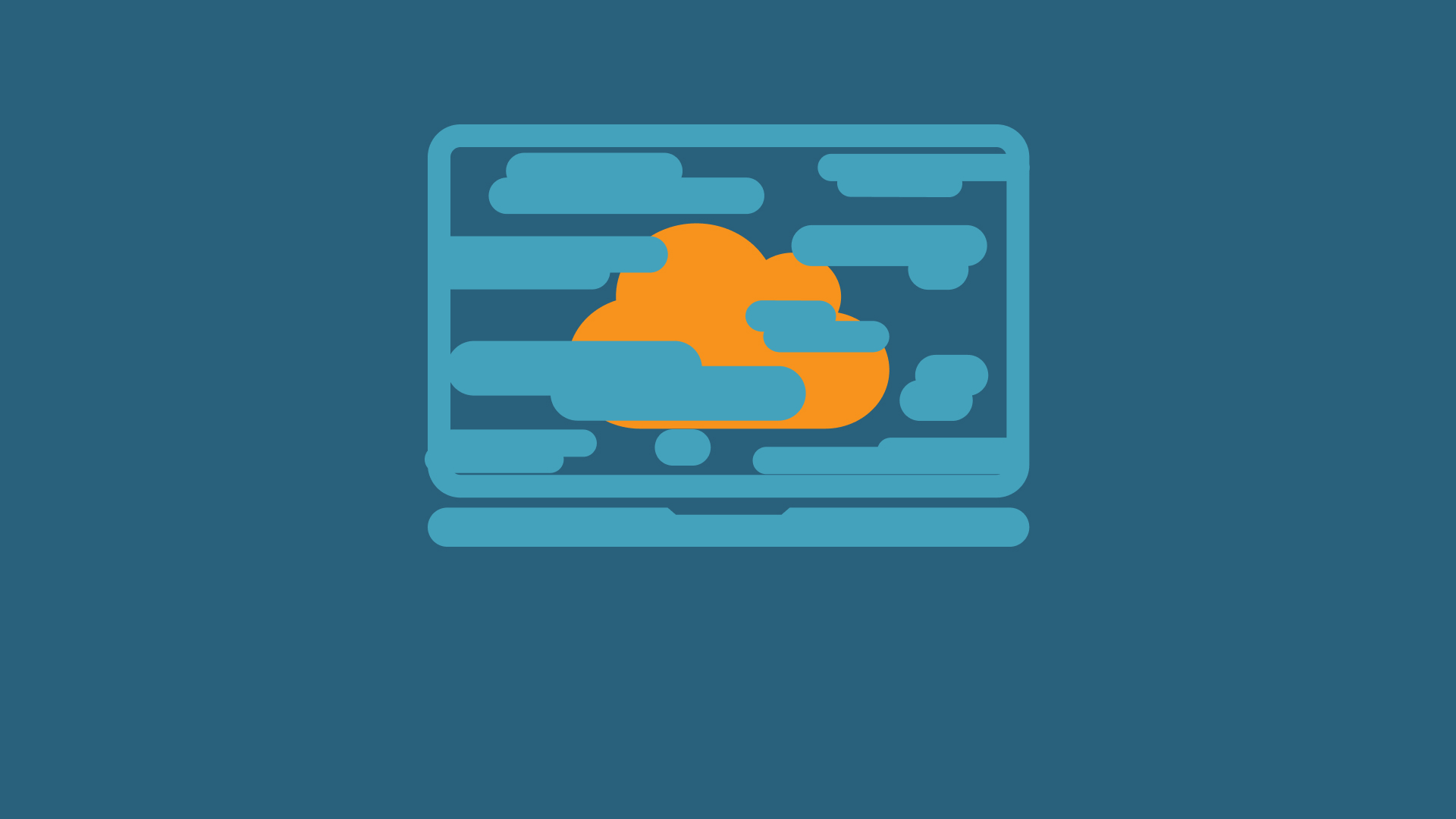Sign up here
Join our green computing meetup
On July 9th, we’ll come together at the Luminis office in Rijswijk to share best practices on keeping your public cloud clean during the Green Computing meetup. Luminis cloud expert Steef Burghouts and green computing expert Wilco Burggraafs will share concrete best practices for optimizing your cloud footprint. Sign up for free.
Agenda July 9th
Time: 17:30 – 21:30
Location: Rijswijk, Polakweg 7
Walk in 17:30 – 18:00
Dinner 18:00 – 19:00
Meetup 19:00 – 20:30
Drinks 20:30 – 21:30
Something in it for everyone
Sharing knowledge is part of our DNA and a Meetup is a great way of doing this. During the meetup we’ll dive into best practices for a sustainable cloud in an interactive way.
The meetup is totally free: you’ll get the opportunity to learn for free, and leave richer in knowledge.
Besides our own experts, you’ll get the chance to meet other experts and professionals in the industry. Don’t miss this chance to broaden your network.
The Meetup is an interesting and exciting event. And yes, there will be food.
Meet the experts

Wilco Burggraaf
Principal Lead Green Software Engineering bij HighTech Innovators
With over 20 years of experience in software development (mainly C#), Wilco has distinguished himself in roles such as developer, architect, agile tester and IT management consultant. He recently moved to the role of Principal Lead Green Software Engineering, where he focuses on driving Extreme Software Performance—creating efficient and impactful systems with minimal footprint.
Since January 2024, he has been actively committed to sustainable practices, combining innovation with responsibility. At HighTech Innovators, Wilco focuses on research, training and practical solutions to stimulate purposeful software engineering.

Steef Burghouts
Software Architect at Luminis
Steef is a software architect and has been committed to sharing his knowledge within and outside of Luminis for over nine years. Two years ago, he started Accelerate, a training program to educate the tech leaders of the future. During this program, his ambition to make a social impact was fueled. Since then, Steef has added several interesting projects to his name. His interest lies in sustainability and climate in combination with technology.
His interest in sustainability and climate led to the creation of Cloud Cleanup, a tool that can be used to map emissions from an IT landscape and make suggestions for reducing them. Steef also has a white paper on Green Computing to his name.
The program
Built to Last: Sustainable design patterns and insights for the cloud
What does it mean to design software with sustainability in mind – not just cost performance, but energy consumption, hardware efficiency and future-proofing? In this session, Wilco Burggraaf shares experiences on how to work sustainably in the public cloud, aimed at developers.
Wilco discusses reusable architecture patterns that contribute to building resilient and energy-efficient systems.
This session offers a combination of insight, inspiration and concrete applications – intended for anyone who develops software with an eye for the future.
How to clean up your AWS cloud
While AWS presents compelling (and sometimes questionable) arguments about the sustainability advantages of their cloud compared to on-premise solutions, it’s important to remember that we still operate under a shared responsibility model. AWS is responsible for the sustainability of the cloud, while we are responsible for the sustainability of the workloads we run in the cloud. This means we must embrace that responsibility and ensure we prioritize sustainability in every decision we make for our workloads.
In this talk, Steef will provide you with tools to help make your next architectural decision a sustainable one. This won’t just make your software greener — it will also improve availability and reduce costs. Among other things, we’ll explore how to use automation with the Well-Architected Framework to identify pain points in your architecture, how to calculate the emissions of your current workloads, and how to simulate the emissions of future ones.
